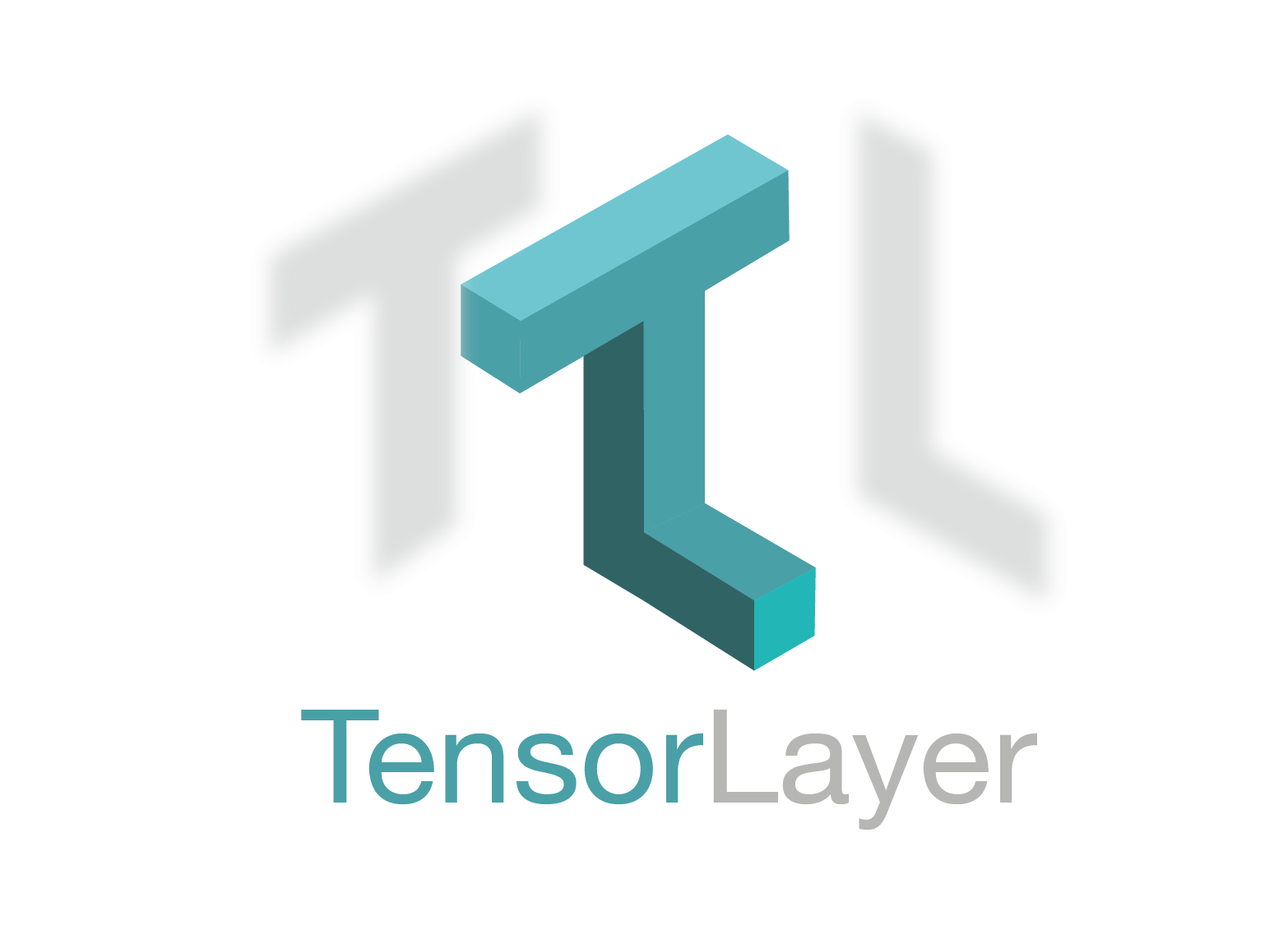

TensorLayer is a novel TensorFlow-based deep learning and reinforcement learning library designed for researchers and engineers. It provides a large collection of customizable neural layers / functions that are key to build real-world AI applications. TensorLayer is awarded the 2017 Best Open Source Software by the ACM Multimedia Society.
🔥📰🔥 Deep Reinforcement Learning Model ZOO Release !!!
🔥📰🔥 Sipeed: Run TensorLayer models on the low-cost AI chip (e.g., K210) (Alpha Version)
🔥📰🔥 NNoM: Run TensorLayer quantized models on the MCU (e.g., STM32) (Coming Soon)
Features
As deep learning practitioners, we have been looking for a library that can address various development purposes. This library is easy to adopt by providing diverse examples, tutorials and pre-trained models. Also, it allow users to easily fine-tune TensorFlow; while being suitable for production deployment. TensorLayer aims to satisfy all these purposes. It has three key features:
-
Simplicity : TensorLayer lifts the low-level dataflow interface of TensorFlow to high-level layers / models. It is very easy to learn through the rich example codes contributed by a wide community.
-
Flexibility : TensorLayer APIs are transparent: it does not mask TensorFlow from users; but leaving massive hooks that help low-level tuning and deep customization.
-
Zero-cost Abstraction : TensorLayer can achieve the full power of TensorFlow. The following table shows the training speeds of VGG16 using TensorLayer and native TensorFlow on a TITAN Xp.
Mode Lib Data Format Max GPU Memory Usage(MB) Max CPU Memory Usage(MB) Avg CPU Memory Usage(MB) Runtime (sec) AutoGraph TensorFlow 2.0 channel last 11833 2161 2136 74 Tensorlayer 2.0 channel last 11833 2187 2169 76 Graph Keras channel last 8677 2580 2576 101 Eager TensorFlow 2.0 channel last 8723 2052 2024 97 TensorLayer 2.0 channel last 8723 2010 2007 95
TensorLayer stands at a unique spot in the library landscape. Other wrapper libraries like Keras and TFLearn also provide high-level abstractions. They, however, often hide the underlying engine from users, which make them hard to customize and fine-tune. On the contrary, TensorLayer APIs are generally lightweight, flexible and transparent. Users often find it easy to start with the examples and tutorials, and then dive into TensorFlow seamlessly. In addition, TensorLayer does not create library lock-in through native supports for importing components from Keras.
TensorLayer has a fast growing usage among top researchers and engineers, from universities like Peking University, Imperial College London, UC Berkeley, Carnegie Mellon University, Stanford University, and University of Technology of Compiegne (UTC), and companies like Google, Microsoft, Alibaba, Tencent, Xiaomi, and Bloomberg.
Tutorials and Real-World Applications
You can find a large collection of tutorials, examples and real-world applications using TensorLayer within examples or through the following space:

Documentation
TensorLayer has extensive documentation for both beginners and professionals. The documentation is available in both English and Chinese. Please click the following icons to find the documents you need:
If you want to try the experimental features on the the master branch, you can find the latest document here.
Install
For latest code for TensorLayer 2.0, please build from the source. TensorLayer 2.0 has pre-requisites including TensorFlow 2, numpy, and others. For GPU support, CUDA and cuDNN are required.
Install TensorFlow:
pip3 install tensorflow-gpu==2.0.0-beta1 # specific version (YOU SHOULD INSTALL THIS ONE NOW)
pip3 install tensorflow-gpu # GPU version
pip3 install tensorflow # CPU versionInstall the stable version of TensorLayer:
pip3 install tensorlayerInstall the latest version of TensorLayer:
pip3 install git+https://github.com/tensorlayer/tensorlayer.git
or
pip3 install https://github.com/tensorlayer/tensorlayer/archive/master.zipFor developers, you should clone the folder to your local machine and put it along with your project scripts.
git clone https://github.com/tensorlayer/tensorlayer.gitIf you want install TensorLayer 1.X, the simplest way to install TensorLayer 1.X is to use the Python Package Index (PyPI):
# for last stable version of TensorLayer 1.X
pip3 install --upgrade tensorlayer==1.X
# for latest release candidate of TensorLayer 1.X
pip3 install --upgrade --pre tensorlayer
# if you want to install the additional dependencies, you can also run
pip3 install --upgrade tensorlayer[all] # all additional dependencies
pip3 install --upgrade tensorlayer[extra] # only the `extra` dependencies
pip3 install --upgrade tensorlayer[contrib_loggers] # only the `contrib_loggers` dependenciesContribute
Please read the Contributor Guideline before submitting your PRs.
Cite
If you use TensorLayer for any projects, please cite this paper:
@article{tensorlayer2017,
author = {Dong, Hao and Supratak, Akara and Mai, Luo and Liu, Fangde and Oehmichen, Axel and Yu, Simiao and Guo, Yike},
journal = {ACM Multimedia},
title = {{TensorLayer: A Versatile Library for Efficient Deep Learning Development}},
url = {http://tensorlayer.org},
year = {2017}
}
License
TensorLayer is released under the Apache 2.0 license.





